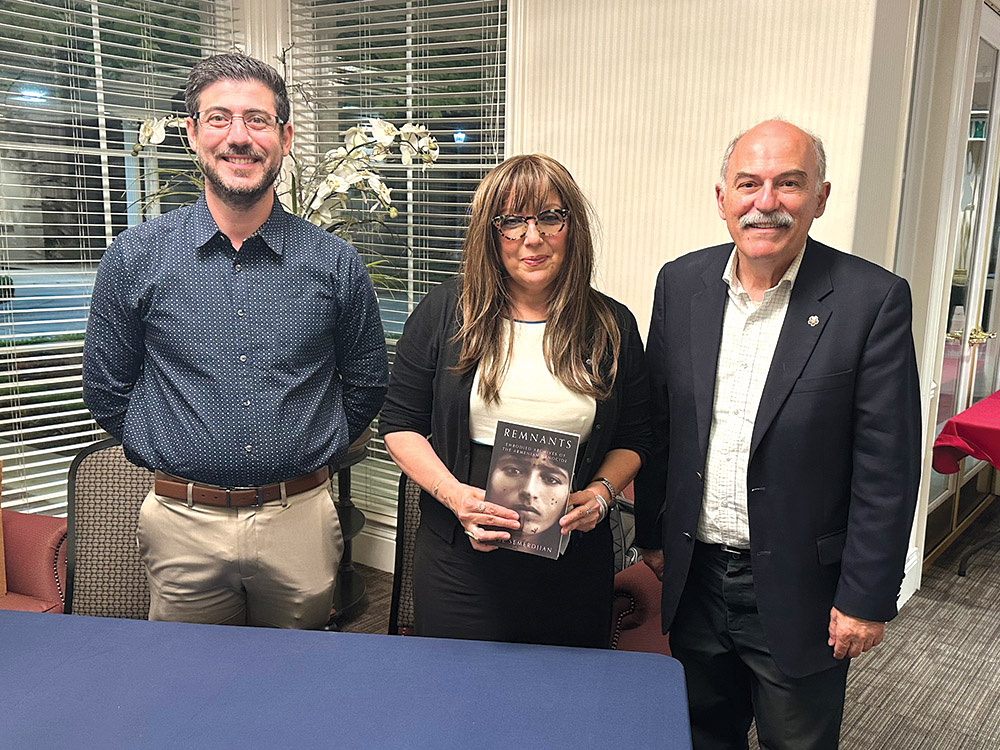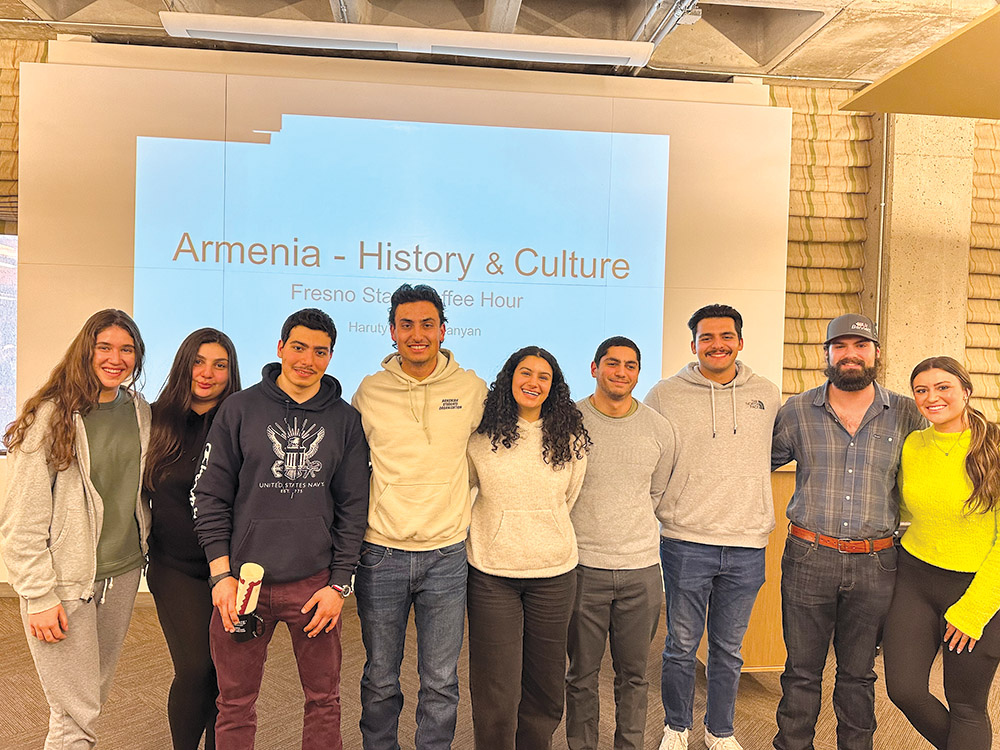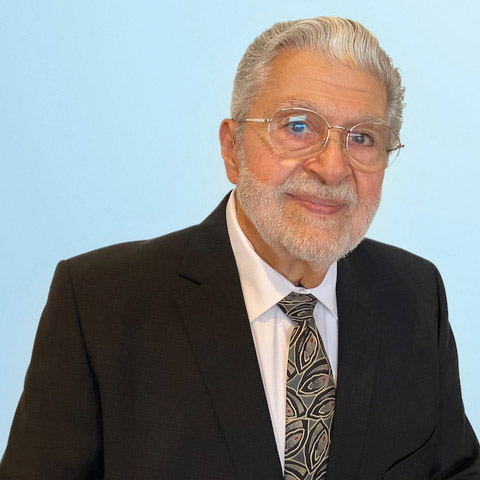“Even if we sell our children, we could not afford to pay the taxes,” said one Armenian, cited from a primary source Dr. Talin Suciyan utilized in her study of the Tanzimat Era of the Ottoman Empire.
According to Dr. Suciyan, the Tanzimat Era was intended to bring modernization and reform to the Empire, which had been oppressing religious and ethnic minorities, but in reality, it achieved the exact opposite. On Tuesday, February 27, 2024, Dr. Suciyan discussed her newly published book, Outcasting Armenians: Tanzimat of the Provinces (Syracuse University Press, 2023), and the reasons why she decided to write it. The presentation was part of the Armenian Studies Program Spring Lecture series and was supported by the Florence Elaine Hamparson Armenian Memorial Fund.
Dr. Suciyan, associate Professor of Turkish Studies at Ludwig Maximilian University of Munich, decided to write her book after visiting the AGBU Nubar Library in Paris, France. During her visit, she unearthed many primary sources from the Tanzimat Era (1839-1876), including correspondence be-tween the provinces and the Armenian Patriarchate. Many of these sources detailed the horrors Armenians were faced with. The discrimination was verbal, as well as physical, and Armenians were often referred to as giaour (infidel) by their Turkish neighbors. The physical oppression included various forms such as angarya (forced labor) with virtually no pay, and extremely high taxation which most Armenians could not pay.
Dr. Suciyan referenced a tax on Armenian farmers’ unused crops, which Turkish officials raided and labeled as the state’s. The taxes imposed on the Armenians were often more than 200%. Dr. Suciyan explained that the taxes owed by Armenians who died were often enforced on those still living in the Ottoman Empire.
Dr. Suciyan went on to discuss the Armenian Patriarchate’s response to receiving these letters from Armenians in the provinces. The Patriarch, Khrimian Hairig, wrote a report to the Ottoman Turkish government stating his dissatisfaction with the treatment of Armenians. Unfortunately, no-thing was done to change this mistreatment and oppression. Armenian men and even children, were forced to work in labor battalions and in factories with no pay, as it was effective for the Ottoman government to have roads built and textiles made at no cost to them. Dr. Suciyan referenced a book by Zaven Biberyan who wrote firsthand about his experience in the angarya. He described the oppression as a way for the Ottoman government to maintain control over the Christians and Jews, so they were unable to revolt against the high taxes and mistreatment.
Although the Tanzimat was supposed to be a reformation of Ottoman society, it turned out to be a reason for further oppression. Dr. Suciyan explained how in theory, the primary sources from the Ottoman government proposed that the Tanzimat would be an era of “Westernization/Modernization,” but actually revealed that the policy was to assert greater control of the Eastern Provinces, where the majority of Armenians were living. Thus, the Armenians faced additional oppression and death.
Dr. Suciyan concluded her lecture by stating that the Tanzimat Era was a precursor for the oppression leading up to the Hamidian Massacres and eventually, the Armenian Genocide.










